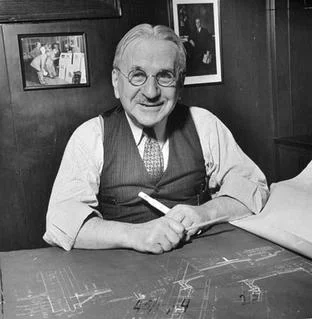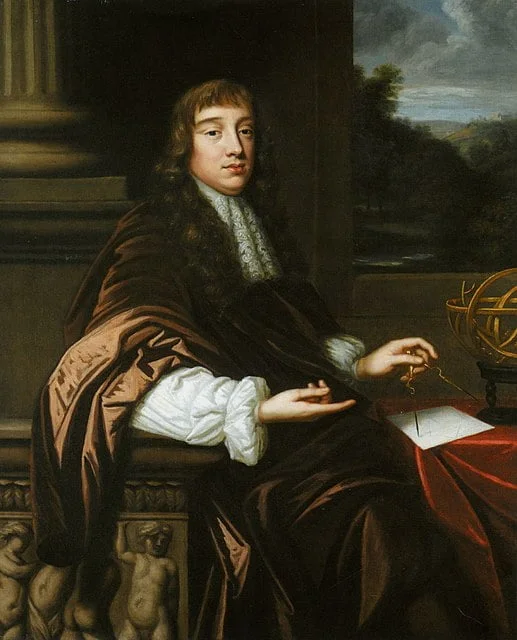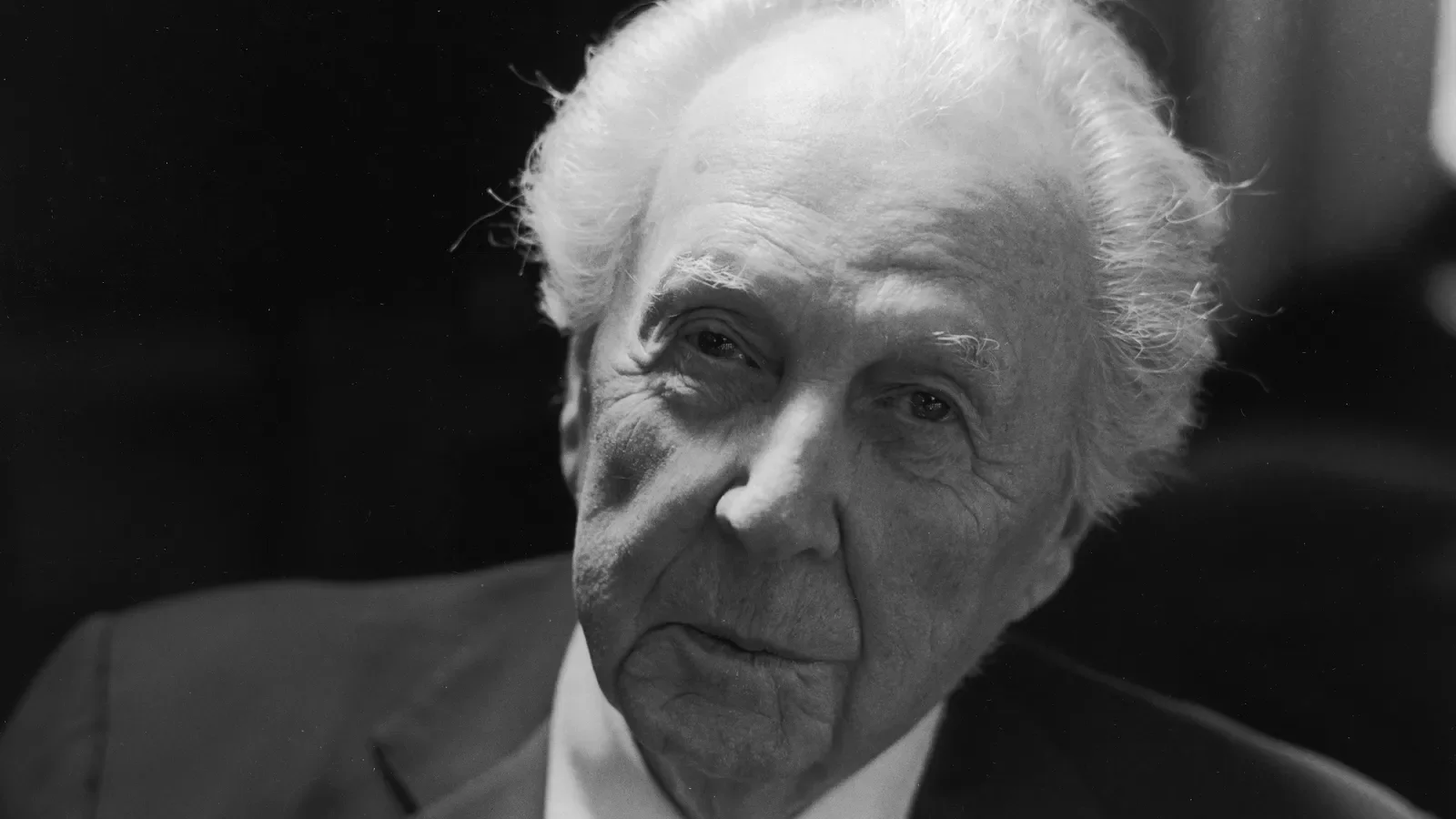Real Celebrities Never Die!
OR
Search For Past Celebrities Whose Birthday You Share

source: wikipedia.org
Louis Sullivan
Birthday:
03 Sep, 1856
Date of Death:
14 Apr, 1924
Cause of death:
Kidney disease
Nationality:
American
Famous As:
Architect
Age at the time of death:
67
Louis Sullivan was born in 1856 in Boston, Massachusetts. He grew up in a family of Irish immigrants and developed an early fascination with architecture. Sullivan attended the Massachusetts Institute of Technology (MIT) and later the École des Beaux-Arts in Paris, where he gained exposure to classical principles of architecture.
Career Beginnings
Sullivan’s architectural career commenced in Chicago, where he collaborated with Dankmar Adler. Together, they conceived and designed numerous groundbreaking buildings that challenged conventional architectural norms. Their work placed a strong emphasis on functionality, expressing the structural elements, and incorporating artistic ornamentation.
Iconic Creations
One of Sullivan’s most iconic creations is the Wainwright Building located in St. Louis, Missouri. This building is recognized as one of the earliest skyscrapers and showcases a steel frame with decorative terra cotta elements. The Wainwright Building perfectly exemplifies Sullivan’s dedication to functional design while still maintaining its aesthetic appeal.
Another notable project by Sullivan was the Auditorium Building situated in Chicago. This innovative structure consisted of a theater, hotel, and office spaces all within one building, which was considered a groundbreaking concept at that time. The exterior of the building featured intricate ornamentation inspired by natural forms.
Louis Sullivan's Quote's
Guaranty Building
In Buffalo, New York, Louis Sullivan designed the Guaranty Building, which boasted a steel frame adorned with terra cotta cladding. Its vertical emphasis and ornamental friezes showcased Sullivan’s vision of skyscrapers as unique urban landmarks.
Challenges and Legacy
Despite his influential work and success, Sullivan faced financial difficulties later in life. His ideas were ahead of their time, which resulted in him struggling to find clients who truly appreciated his visionary approach. Despite these difficulties, Sullivan continued to write about architecture and urban planning but never received the recognition he deserved during his lifetime. Sadly, Sullivan passed away in 1924 at the age of 67.
Name:
Louis Sullivan
Popular Name:
Louis Sullivan
Gender:
Male
Cause of Death:
Kidney disease
Spouse:
Place of Birth:
Boston, Massachusetts, U.S.
Place of Death:
Chicago, Illinois, U.S.
Occupation / Profession:
Personality Type
Architect: Louis Sullivan proved to be one of the greatest strategic thinkers when it came to designing skyscrapers. He carefully thought out his designs to perfection.
The Auditorium Building in Chicago is considered one of his masterpieces.
He was a mentor to Frank Lloyd Wright, another influential architect.
Louis Sullivan is often referred to as the "father of modernism" in architecture.
Sullivan's most famous work is the Guaranty Building in Buffalo, New York.
His innovative use of steel-frame construction paved the way for skyscrapers.
Sullivan designed over 100 buildings throughout his career.
Sullivan's designs were characterized by intricate ornamentation and organic motifs.
He coined the phrase "form follows function," emphasizing functionality in design.
Designed several iconic buildings, including:
Received the AIA Gold Medal posthumously in 1944, becoming only the second architect to receive this honor after death.
Developed the principle “form follows function,” which became a fundamental tenet of modern architecture.
Designed the Transportation Building for the 1893 World’s Columbian Exposition, which stood out for its originality and use of color.
Wrote influential works on architecture, including his autobiography and essays on architectural theory.
The Wainwright Building in St. Louis, Missouri The Guaranty Building in Buffalo, New York The Carson Pirie Scott Building (now Sullivan Center) in Chicago Mentored Frank Lloyd Wright, who became one of the most influential architects of the 20th century.
Considered one of the “fathers of skyscrapers” and a pioneer of modern architecture.
Created a distinctive grammar for skyscraper design, emphasizing the vertical form and using intricate floral ornaments.







